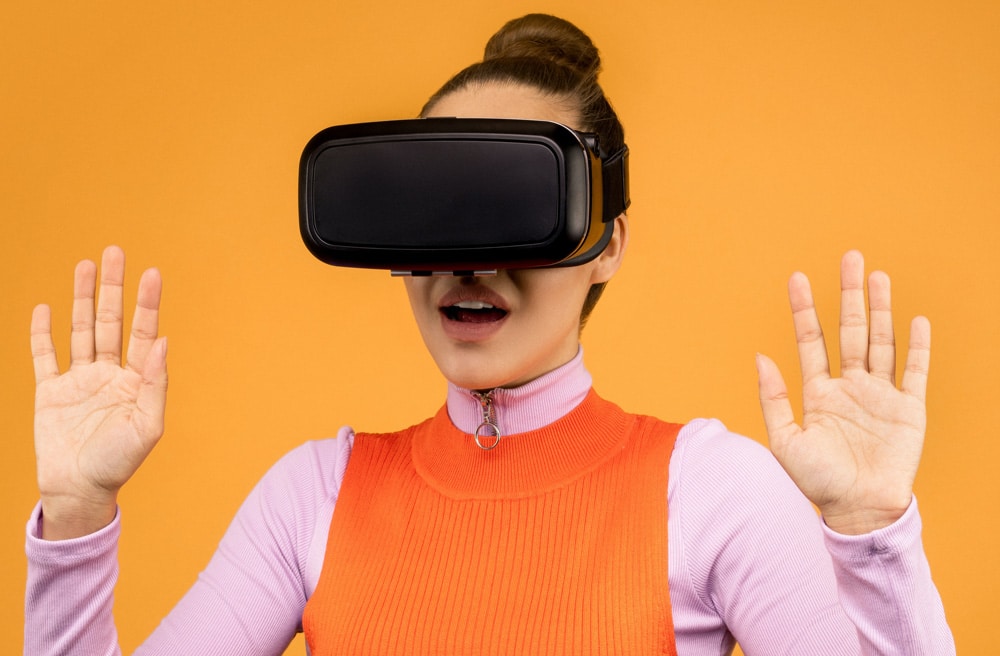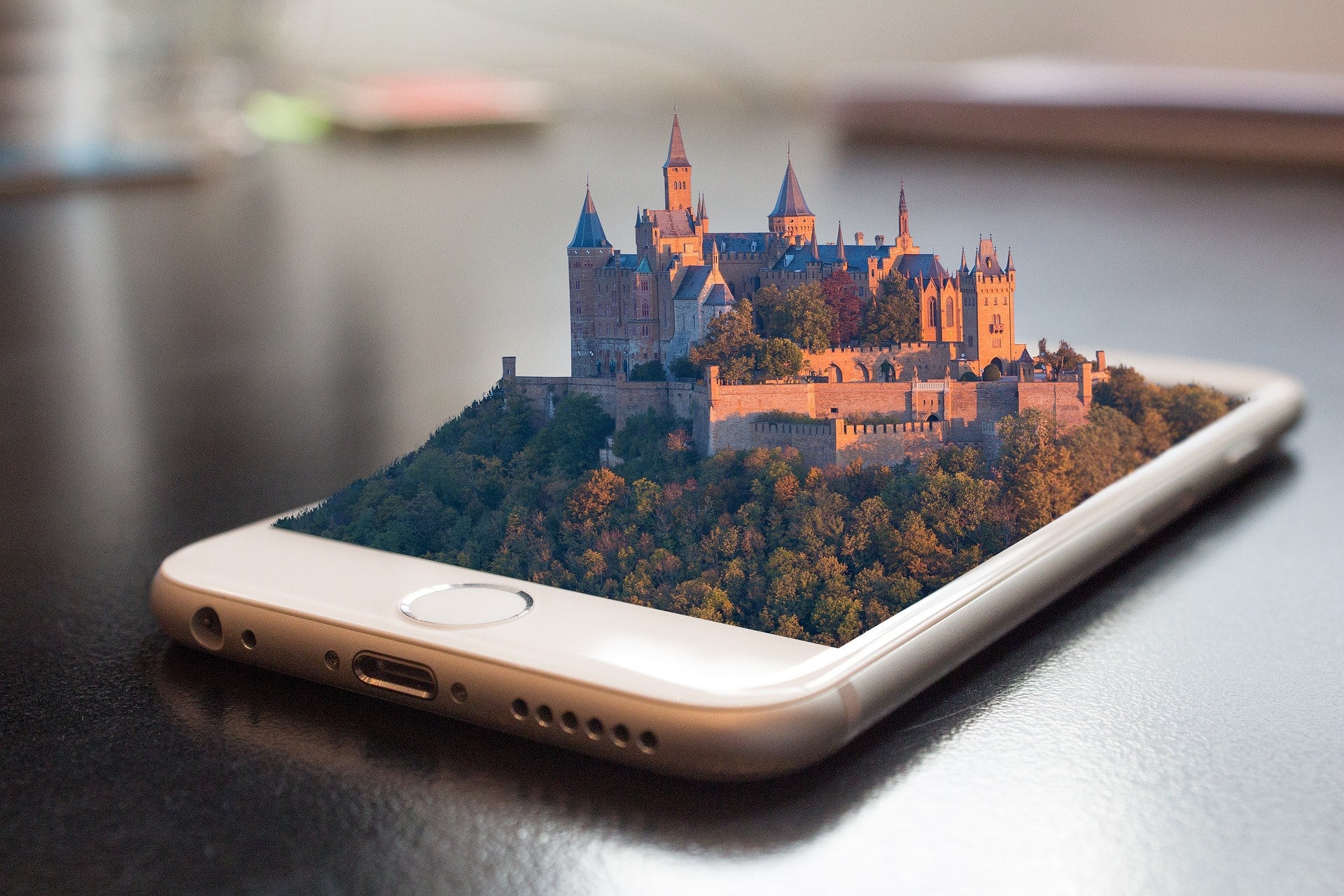Based on a small sample study performed by VR Heaven, 57.8% of respondents have experienced VR motion sickness at least once. This is one of the last roadblocks to the widespread adoption of Virtual Reality as a major medium. However, understanding the cause could help to select experiences adjusted to your tolerance level, assuring a pleasant exploration of everything the Metaverses and Hoppin’ have to offer.
What is Virtual Reality Sickness
Virtual reality sickness, also known as simulator sickness or cybersickness, is hypothesized to be due to a sensory conflict between what your eyes see and how your brain interprets it, versus what your body is doing. Recent advancement to VR headset technology (resolution, framerate, head and hand tracking accuracy, etc.) have significantly improved the situation, but content and user habits also play a big part in the problem.
Concretely, VR sickness is similar to motion sickness (being seasick, for example). Symptoms include nausea, dizziness, headache, sweating and excessive salivation. Knowing the various triggers will help you adopt appropriate strategies to mitigate the risk and to select appropriate VR experiences, suited to your tolerance level and your tastes.
What are the VR Sickness Triggers
VR Sickness can be triggered by multiple factors. As mentioned above, lower resolution content and lower framerate of the content will play a part, which is why the Hoppin’ team is in the process of constantly improving our video encoding formula to offer the best experience permitted by the physical limitations of the headsets.
Motion is also a recurrent culprit. This is why Hoppin’s Chillspots and Mazes are constructed around static points of view (versus a moving camera). Here’s a quotation from a recent study outlining this conclusion: “In contrast, content consisting of low amounts of motion may be less likely to induce VR sickness, as well as in cases where head movement in a fixed position is concordant with what the user would experience in the real world.”
Duration is another factor. The longer a VR session lasts, the higher the chance of experiencing VR sickness. Sex and age are also cited as factors, but findings are mixed in that area. One factor that might explain why women are more vulnerable to VR sickness is that the headset is modelled around the head of men, with a wider interpupillary distance, preventing optimal adjustments on certain models.
How to Use Your VR Headset Without Suffering
If you are new to VR, start with short sessions and increase the duration progressively. Research suggests that some people will build resistance to VR sickness over time with the impact significantly lower on the second session (refer to this paper which outlines the result of multiple research).
Choose the content you consume carefully. Games with a lot of movement and accelerations are better suited to when you understand your personal tolerance.
UploadVR also suggests a few odd tricks to help you overcome VR sickness. Eating ginger (known to combat nausea) beforehand or aiming a fan at yourself apparently can help mitigate the effects.
Apps and Games Suggestions for new Oculus Quest Users
Here are a few applications that are safer for new VR users on the Quest platform in terms of motion sickness.
The Hoppin’ team prides itself of being a good introduction to new VR users, due to the static points of view and the high resolution of the video scenes. By teleporting into high quality 360˚ video capture of real-world locations and attractions, we aim to help people relax by chilling and soaking into the ambiance of the various locations with their friends or interesting strangers, while adding new entries to your travel bucket list.
What better way to avoid sensory overload than by sensory deprivation? Notes on blindness is a unique VR experience that puts you in the shoes of a blind person, guided by the musing of John Hull, a British professor who lost sight in 1983 and recorded an audio diary of his experience.
Real VR Fishing combines 360 photography with motion design to create realistic and relaxing environments to experience fishing. It’s the next best thing compared to real life.

